A union of individual self with Absolute, Eternal Self
A device for developing spiritual prudence, insight and intuition. It is also making the daily routine upright. With Internal excellence, one enjoy self-satisfaction, public respect and divine pleasure. It elevate inner consciousness & create atmosphere of happiness and peace.

Pragya Yog AasaN
Adept practice of these everyday would help controlled movements for strengthening the nerves, muscles and different organs and regularizing the blood supply in all parts of the body. Not only that, the chanting of the segments of the supreme Vedic Mantra – the Gayatri Mantra, in specific sequel as directed here, with deep breathing would induce soothing effects in the mind as well.
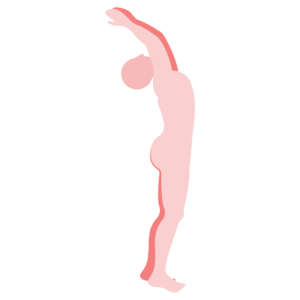
1. Tadasan
This exercise helps adequate blood supply in the heart, stretching the spine backwards and thus giving it the much-needed rest. This practice instantly removes lethargy. It is also beneficial in the case of weakness of the heart and blood disorders.

2. Pad Hastasan
Practice of this asana removes gastric trouble and induces vital strength in the Ida , Pingala, and Susumna Nadis. (See the Chapter 5 for introduction to the term nadi). It also helps reducing fat on the tummy and increasing the flexibility of the spinal cord.
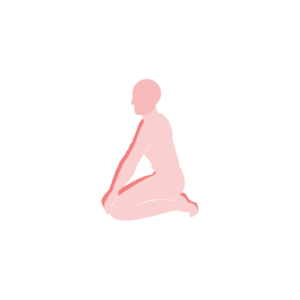
3. Vajrasana
Practising this asan for few minutes every day is helpful in maintaining good digestion and curing gastric trouble and constipation. It strengthens the muscles around stomach and protects from the problems of hernia. Blood supply to the stomach and uterus is finetuned by this practice.
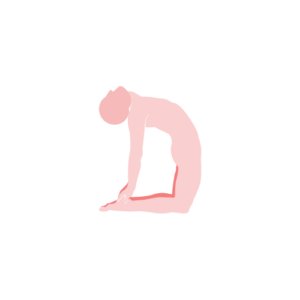
4. Ushtrasana
Practice of this asana helps healing the problems of backache and bending of waist/lumber bones etc. It makes the heart strong and augments the natural elasticity of the spinal column. This also provides exercise to muscles of the genital organs. It is a pre-requisite for higher level yoga practices of activating the Ida, Pingla and Sushumna.

5. Yogamudra
This posture further helps curing severe gastric troubles, setting the metabolic activities right and increasing the appetite. It is recommended in advanced yoga practices of awakening the extrasensory energy nucleus called mañipurita chakra beneath the naval.
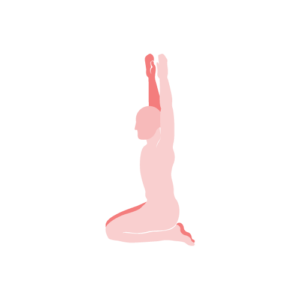
6. Ardh Tadasan
This asan gives a natural and mild traction to the neck and allays the problems, if any, like cervical spondylitis.Likewise tadasan, it increases blood supply to the heart and cures weakness of the heart and blood-flow related disorders.
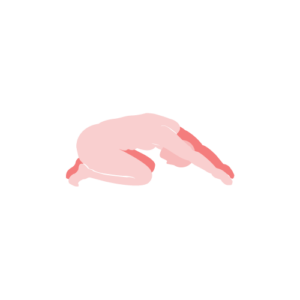
7. Shashankasan
This asan eliminates the problem of constipation and soothingly stretches the muscles within and between the anus and buttock regions. It relaxes the sitica nerves and also helps in regularizing the secretions from the adrenal gland.
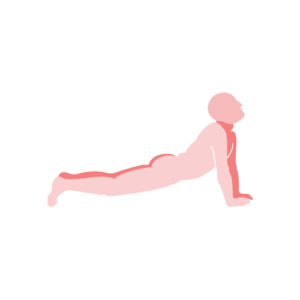
8. Bhujangasan
This exercise is also recommended as a remedy against cervical spondylitis and several other problems of the spine or back. Apart form providing soothing exercise to the lungs, heart and the backbone, it is especially beneficial for healthy functioning of the liver and kidneys.

9. Tiryak Bhujangasan (left)
In the posture of bhujangasan, exhale slowing. Now inhale and turn the neck towards the left and try looking at the heel of right foot. Then hold the breath for few seconds. With exhalation bring the head in the front.

10. Tiryak Bhujangasan (right)
Inhale and turn the neck towards the right to see the heel of the left foot.Hold the breath for few seconds and bring the head again in the front with exhalation. Practice of the tiryak bhujangasan enhances flexibility of the waist and augments the benefits of the bhujangasan.

11. Shashankasan
This asan eliminates the problem of constipation and soothingly stretches the muscles within and between the anus and buttock regions. It relaxes the sitica nerves and also helps in regularizing the secretions from the adrenal gland.

12 Ardh Tadasan
Focus your eyes on the hands. This asan gives a natural and mild traction to the neck and allays the problems, if any, like cervical spondylitis.Likewise tadasan, it increases blood supply to the heart and cures weakness of the heart and blood-flow related disorders.
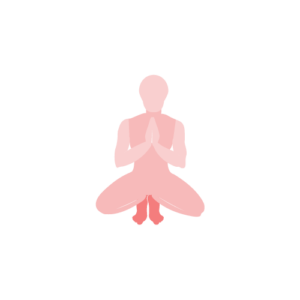
13. Utkatasan
The heels should not touch the floor. Let the calves touch the thighs and knees touch the buttocks. Place both the palms on the knees. Bend the arms on elbows and keep the hands in front of the chest with palms placed on each other in the posture of Namaskar. Back, neck and head should be erect. Breathing should be deep and continued at a consistent pace. This asan gives strength to the calves and improves balance of the body.

14. Padhastasan
Practice of this asana removes gastric trouble and induces vital strength in the Ida , Pingala, and Susumna Nadis. (See the Chapter 5 for introduction to the term nadi). It also helps reducing fat on the tummy and increasing the flexibility of the spinal cord.

15. Tadasan
This exercise helps adequate blood supply in the heart, stretching the spine backwards and thus giving it the much-needed rest. This practice instantly removes lethargy. It is also beneficial in the case of weakness of the heart and blood disorders.

Pragya Yog for Happy & Healthy Life
Our sagacious ancestors of the Vedic Age had gifted with precious heritage of the yoga-science of well-being. However, with changing civilizations of attitudes towards life, in the course of time, people largely became materialistic and ignored the ancient sciences. Subsequent single-tracked commercialized civilization of inclination towards bodily comfort and sensual pressures has raised several problems in the present times. One is so busy making money and seeking more and more comfort that one tends to neglect the fact that the mind-body subsystem is also like machine, which needs careful maintenance and “re-charging” of its components and power units. As a result, one is facing unprecedented threats and challenges on the health front. Preventive measures and augmentation of stamina and resistance are crucial if one wants to sustain a healthy and hearty life.